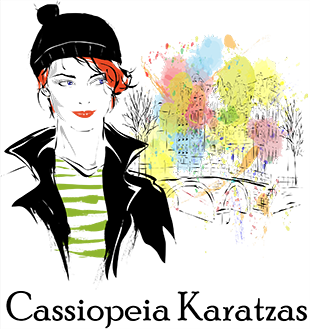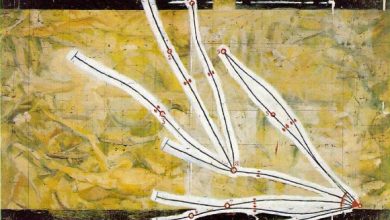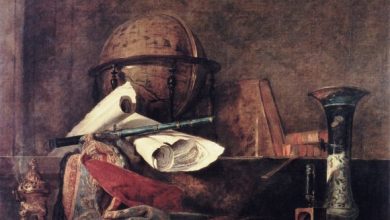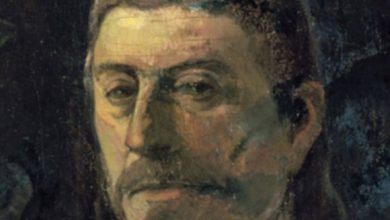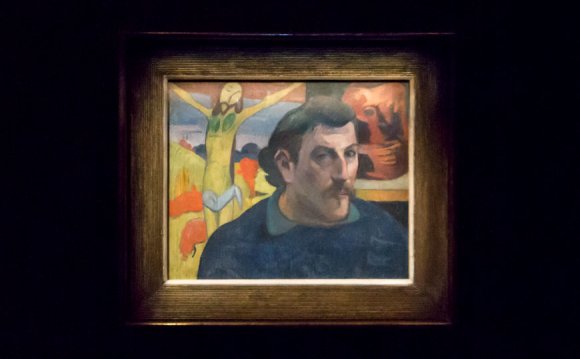
Almost as legendary as Paul Gauguin’s colorful depictions of Tahitian utopia is the colorful story of how he got there and what he did once in the tropical locale – the bourgeois stockbrocker picked up and left his wife and five children to embark on a hunt to discover the primitive. After testing out and abandoning lands not quite savage enough, Gauguin landed in Tahiti, where he indulged in the native lifestyle of taking adolescent girls as wives.
Decisions like impregnating a thirteen year old and giving her syphilis surely cast Gauguin in an unflattering light. And yet the artist’s unethical and perhaps delusional escape to paradise led to one of the most revolutionary shifts in the visual vocabulary of all time. Gauguin’s Primitivism used flat fields of acidic and unnatural color to convey stories that bridged history, myth, legend and dream. The utopias he painted expressed mystery, desire and the dark regions of psychology. This idea of making the invisible visible helped pave the way for contemporary abstraction. And no matter how you view it, the guy is an influential artist, even if he’s someone you wouldn’t want to take home to meet the folks.
Graves’ article “You May Be Infected Already” on the exhibition “Gauguin & Polynesia” contains grating blows at Gauguin’s persona, calling him, not-so discreetly, “vividly, eye-catchingly gross.” Graves points out that Gauguin precipitated not only primitivism but also colonialism with a nice dash of misogyny. She applauded the SAM’s exhibition for placing Gauguin’s work in the context of Polynesian work in general, thus placing his delusions in close proximity with the islands’ realities. Viewers get to see the European interpretation and the Tahitian interpretation, perhaps translatable to the orientalist interpretation and the native translation. Graves applauds the curators “who expose Gauguin’s fantasies rather than indulge them.” The exhibition does not simply worship Gauguin, it also unmasks him.
The comments section of the article exploded on both ends. While some backed Graves’ morally inclusive reading, others declared her of being blinded to the art by the history of the artist. One comment by user Paddy Mac read:
“Huh. And what would you say about that sell-out Michelangelo? Or that violent drunk, Ernest Hemingway? You disqualify the art because of the misbehavior of the artist. Then how do you qualify it?”
Once you start looking at artists who behaved badly and disqualifying them for it, it becomes clear how many brilliant minds turned out to be horrible people.
The question is a tricky one. Is an artwork made by a racist inherently racist? Or is mulling over the artist’s personal beliefs overlooking the image in front of you? In cases like Gauguin’s, indecent actions can get buried in the past and become almost amusing additions to an artist’s portfolio. Current moral offenders seem to suffer more for their personal decisions, from Woody Allen to Roman Polanski to the latest controversy over Chris Brown.
Source: www.huffingtonpost.com
